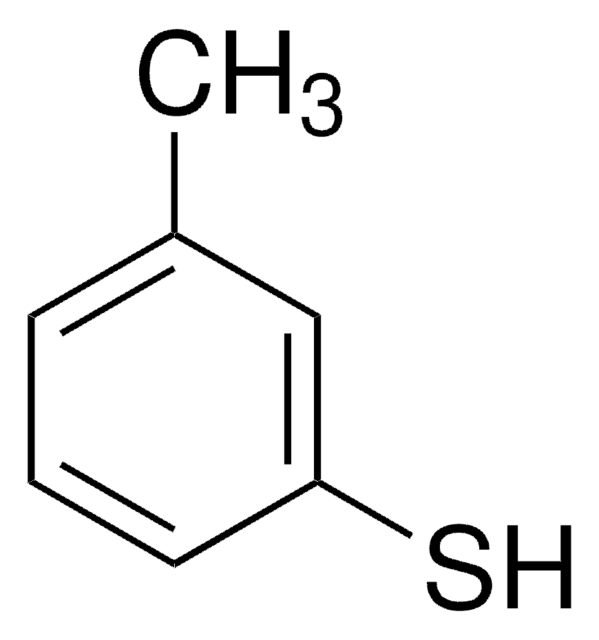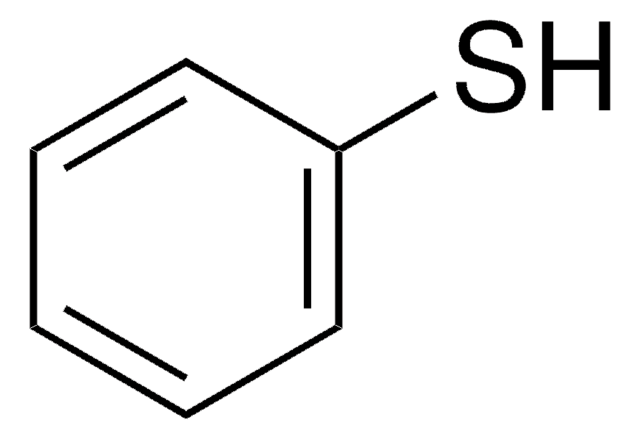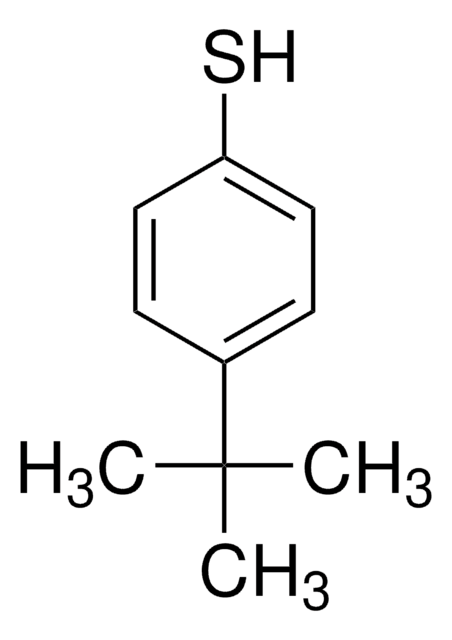T35920
p-Toluenesulfonic acid monohydrate
ReagentPlus®, ≥98%
Synonym(s):
4-Methylbenzenesulfonic acid monohydrate, 4-Toluenesulfonic acid monohydrate, PTSA monohydrate, TsOH monohydrate
About This Item
Recommended Products
vapor density
5.9 (vs air)
Quality Level
product line
ReagentPlus®
Assay
≥98%
mp
103-106 °C (lit.)
SMILES string
[H]O[H].Cc1ccc(cc1)S(O)(=O)=O
InChI
1S/C7H8O3S.H2O/c1-6-2-4-7(5-3-6)11(8,9)10;/h2-5H,1H3,(H,8,9,10);1H2
InChI key
KJIFKLIQANRMOU-UHFFFAOYSA-N
Looking for similar products? Visit Product Comparison Guide
Related Categories
Application
Legal Information
Signal Word
Danger
Hazard Statements
Precautionary Statements
Hazard Classifications
Eye Dam. 1 - Met. Corr. 1 - Skin Corr. 1C - STOT SE 3
Target Organs
Respiratory system
Storage Class Code
8A - Combustible corrosive hazardous materials
WGK
WGK 1
Flash Point(F)
Not applicable
Flash Point(C)
Not applicable
Personal Protective Equipment
Choose from one of the most recent versions:
Already Own This Product?
Find documentation for the products that you have recently purchased in the Document Library.
Protocols
Separation of p-Toluenesulfonic acid (PTSA); Pyrimethamine
Our team of scientists has experience in all areas of research including Life Science, Material Science, Chemical Synthesis, Chromatography, Analytical and many others.
Contact Technical Service








